The Definitive Guide To Instagram Marketing written by John Jantsch read more at Duct Tape Marketing
Marketing Podcast with Jenn Herman
 In this episode of the Duct Tape Marketing Podcast, I interview Jenn Herman. Jenn is a social media consultant, speaker, and globally recognized Instagram expert. She is a sought-after international speaker providing tips, resources, and training for organizations of all sizes that need to structure their social media strategies. She is the co-author of Instagram for Dummies 2.0 (2022) Edition.
In this episode of the Duct Tape Marketing Podcast, I interview Jenn Herman. Jenn is a social media consultant, speaker, and globally recognized Instagram expert. She is a sought-after international speaker providing tips, resources, and training for organizations of all sizes that need to structure their social media strategies. She is the co-author of Instagram for Dummies 2.0 (2022) Edition.
![]()
![]()
Key Takeaway:
Instagram is a powerful tool for companies of any size to make connections with potential customers and promote their products. With over two billion people logging in monthly, if you haven’t already hopped on the bandwagon, now’s the time! In this episode, Jenn Herman and I chat about the current tactics that work on Instagram and the guidelines that you should keep in mind.
Questions I ask Jenn Herman:
- [1:21] Why did you feel like you needed a new edition to your book?
- [2:26] Do you ever get any pushback from people saying that using the phrase “for dummies” doesn’t feel very professional?
- [3:15] Where does Instagram sit on the pantheon of social media hierarchy?
- [4:04] How would you compare and contrast TikTok and Instagram?
- [5:04] If you’re talking to somebody who understands the basics of Instagram, how do you advise them to use this edition of the book?
- [5:53] What post formats should you be using on Instagram?
- [9:30] Why do people post stories more than regular in feed posts nowadays?
- [11:53] What is the strategy behind long-form posts that seems to be happening on Instagram today?
- [13:49] How do we need to be thinking about the various stages of the customer journey when it comes to social media?
- [15:59] What are some of the tools that people are using for social media?
- [17:40] Do you get penalized by the algorithm for using an auto-scheduling tool?
- [18:34] Could you talk about the need for balance in production value in the case of using really high-quality cameras versus shooting natively with a mobile phone?
- [20:01] Do you have to really commit to a certain rhythm of posting or do you know you’re gonna lose people’s interest?
- [21:33] Where can people connect with you?
More About Jenn Herman:
- JennsTrends.com
- Follow Jenn on Instagram
More About Certification Intensive Training:
- Learn more about the training
Like this show? Click on over and give us a review on iTunes, please!
John Jantsch (00:01): This episode of the Duct Tape Marketing Podcast is brought to you by Outbound Squad, formerly Blissful Prospecting, hosted by Jason Bay. It’s brought to you by the HubSpot Podcast Network, the audio destination for business professionals. Jason Bay is a leading sales expert, and he talks with other leading sales experts to get you the information you need. I’ve recent episode, he talked about how much time you need to spend prospecting. Really, really eye-opening. Check it out. Uh, listen to the outbound squad, wherever you get your podcasts. Hello and welcome to another episode of the Duct Tape Marketing Podcast. This is John Jantsch, and my guest today is Jenn Herman. She is a social media consultant, speaker, and globally recognized Instagram expert. She’s a sought after and international speaker providing tips, resources, and training for organizations of all sizes that need to structure their social media strategy. She’s the co-author of a number of books, including one we’re gonna talk about today, Instagram for Dummies 2.0, the 2022 edition. So Jen, welcome to the show.
Jenn Herman (01:18): Thank you so much for having me. I’m excited.
John Jantsch (01:21): So, so a lot of times when authors come back on, I just had Anne Hanley on for her last, uh, you know, everybo, everyone writes like, you know, new Edition. And so it’s a very legitimate question to say, okay, what’s new in the book? Or why did you feel like you needed a new edition? I imagine on these social media books, it’s like, before the ink is dry, you need a new edition, isn’t it
Jenn Herman (01:40): Absolutely. Like literally we will submit everything and then when the technical editor gets to it, they’re like, this screenshot’s out of day. And we’re like, oh my gosh, we just submitted that a month ago. So yeah, there’s always a reason to update it. The evergreen strategies don’t change, but obviously screenshots and the nuanced, how-tos can evolve so quickly.
John Jantsch (01:59): Yeah, and the interface, I mean, they change and ni move stuff around, and so No, no question. I, I know it’s, it can be maddening sometimes I feel like every time, I don’t really go to Facebook ad very often, but I feel like every time I go there I’m like, wait a minute, where’s that now?
Jenn Herman (02:19): We’re trying to pump the brakes a little bit, but yeah, probably in a couple months we’ll start working on three of the business version. Yeah.
John Jantsch (02:26): Yeah. So, so The Dummies brand is owned by Wiley. I’ve been around for quite a while, hundreds and hundreds of titles. I know you’ve done a number of titles for them. How, what’s your experience like with that? I mean, do I know a lot of people, it’s tongue in cheek, right? I’m such a dummy at this, but do you ever, you know, do you ever get any pushback from people saying, well, that doesn’t feel very professional.
Jenn Herman (02:47): I don’t so much get pushback. I think just because the brand is so recognized for, you know, right. The fact that it is a very diligent how to most people, the question is, well, I’m not a a beginner. Is the book relevant for me? A lot of people feel like it’s not something they need because they’re not a dummy, they’re not at that beginner level. Yeah. But these books go through so much detail that even the most advanced users will get tips out of it that they wouldn’t necessarily be familiar with.
John Jantsch (03:14): Yeah. Yeah. So this is a hard question, so I’ll just see where you go with it. Where does Instagram sit these days, like in the, you know, pantheon of social media, like hierarchy,
Jenn Herman (03:26): I mean, it’s at the top, it’s near there. Uh, you know, when you look at the top performing, you know, top used apps, you’ve got Facebook, WhatsApp, Instagram, TikTok is up there now, obviously YouTube, but Meta owns, you know, those top platforms between Facebook, Instagram, and WhatsApp. So it’s definitely still popular. It’s still popular with the younger demographic, even though they are shifting towards more TikTok, but it’s popular with that older demographic. So they’ve got the breadths that, you know, I always tell people, you know, your audience is there, it, how many of them are there is up for question, but your audience is on Instagram. It’s one of the most used platforms.
John Jantsch (04:04): So, so how, you know, when somebody comes to you and says, should I be on Instagram or TikTok? You mentioned TikTok already. It’s kind of the, seems to be the hot child of the moment for Yeah. You know, even for advertisers, but certainly for organic as well. So, so how would you help somebody compare or and contrast those two platforms?
Jenn Herman (04:24): I mean, in general, Instagram still has other means of communicating. You can still do photos, carousels, you’ve got the dms and the Instagram stories. So you’ve got more variety of content. TikTok is very much vertical, short form, you know, 50 to 15 to kind of 62nd videos. If you don’t wanna do short form video, you don’t wanna be on TikTok. There is that limitation with TikTok that it is only one form of communication, but if your target audience is under the age of 30, you probably wanna be on TikTok. So those are kind of probably the two biggest differentiators. Other than that, it’s just preference.
John Jantsch (05:04): So, so you, you started to allude to this that, you know, people look at the Dummies title and they think, oh, it’s just for beginners, but you really go the whole, you know, breath. But I mean those dummies books do start it like, how do I create an Instagram account? So if you’re talking to somebody that maybe is past that, you know, how do you advise them to use them?
Jenn Herman (05:22): Well, this new version is very heavy on Instagram reels, which is that short form video format. Yeah. So if someone is advanced with Instagram Loves, Instagram has, you know, been using it for a long time, but they haven’t embraced reels, this is the book to get, cuz it’s gonna walk you through all aspects of the how-tos, the strategy, when to use them, how often to use them. So for this book, it’s definitely that focus on Instagram reels and if someone has that learning curve, this is that solution for them.
John Jantsch (05:53): So I was, that was really my next question was let’s do a format overview of Instagram. You know, start it out. You could post a picture. Now there are many formats, you know, for media. So talk a little bit about, maybe well maybe just describe them, but then maybe a quick hit on like, you ought to be using this one here or this one there, or this is best for X.
Jenn Herman (06:15): Yeah, so I mean there’s still that traditional photo, right? A good old fashioned square photo is still the kind of standard, what we think of Instagram. Of course now you can do either portrait or landscape photos as well. Carousels are a big shift. That was one of my big tips for 2022 and it still is for 2023 and a carousel is where you can have anywhere from one to 10 photos and or videos and you scroll through in that kind of horizontal sequence. And that is definitely an opportunity for additional exposure. It’s an opportunity to put more content in one post. You’re not overwhelming your audience with 10 photos in 10 separate posts. You can put it all in one. Those are very powerful and tend to get some of the best performance for reach. Mm-hmm.
(07:05): Those are the short-lived 24 hour content. It can be photos, videos, or text-based. And for most brands from most businesses, most conversions come from stories. It’s kind of surprising. Not everyone will get that same result, but a lot of people like that story format and it tends to be where we, you know, let our hair down and we tend to be a little less polished. You know, we’re about a filter rather than actually putting our makeup on. Whereas the feed posts tend to be heavily curated. They tend to be more, you know, oh, they’ll live there forever. It’s gotta be a good post. Whereas our stories tend to be more casual and so we get a better interaction with that person on the other end of the phone. So we tend to get better conversions, more direct message responses, more engagement in a personalized way.
(07:53): So stories are very powerful for that. We have, everyone has linked stickers now, so anyone can put a sticker to any link destination on a story, which is again great for that conversion level. Getting people to, whether it’s an opt-in, watching a video, those things. And then of course we get into reels and reels is this weird mix hybrid of the feed and stories
John Jantsch (09:10): Yeah, it’s funny, I’ve noticed after being on it for years that, you know, my, my static images in the feed don’t get near the interaction that, you know, that that stories get. Yeah. I mean it’s just, and I sometimes kind of wonder about that too. And maybe you alluded to that, but like I, you know, even though like my kids, you know, they don’t post pictures anymore, it’s all stories. Even though it, yeah, probably it’s just a picture. It’s half the time that’s in story. So you know, what are you, is it really how people are consuming it? Is the reason for that?
Jenn Herman (09:42): I think it’s a combination of factors. I think part of it is just that consumption, you know, people have moved towards, yeah, that kind of, that vertical feed, that short form content we’re conditioned to these short attention spans. They don’t wanna read as much and a story as a quick moving, you know, it, they’re just doing it when they’re standing in line, they’re doing it when they’re waiting at, you know, pick up with their kids from school or you know, at Starbucks, whatever it is. And they just want that quick, you know, endorphin boost of content. They’re not looking to actually stop and consume by reading a caption, by watching a long video. And so stories tie into that not saying that longer form content isn’t valuable, it’s just when your audience is consuming it. So feed posts definitely have seen a decrease in reach and performance. Mm-hmm
John Jantsch (10:52): Are you an agency owner, consultant or coach that works with business owners? Then I want to talk to you about adding a new revenue stream to your business that will completely change how you work with clients. For the first time ever, you can license and use the Duct Tape marketing system and methodology in your business through an upcoming three day virtual workshop. Give us three days and you’ll walk away with a complete system that changes how you think about your agency’s growth. The Duct Tape Marketing System is a turnkey set of processes for installing a marketing system that starts with strategy and moves to long-term retainer implementation engagements. We’ve developed a system by successfully working with thousands of businesses. Now you can bring it to your agency and benefit from all the tools, templates, systems and processes we’ve developed to find out when our next workshop is being held. Visit dtm.world/workshop. That’s dtm.world/workshop.
(11:53): And I’m also seeing a trend in a feed post of you. You’ve mentioned it already, long form content. I mean the people are writing what we might have thought of as a blog post
Jenn Herman (12:16): Yeah, it’s definitely been a shift in that direction. You can still get away with a short one paragraph, but you get 2200 characters, not words, 2200 characters on an Instagram post. And I have been known to max those out on more than one occasion. And it is, it becomes a micro blog. It becomes that, that tip, that tutorial, that resource-based information and those are the posts that get a lot of saves. Those are the ones where people are saving that to come back and review that information. It’s not gonna be something they’re necessarily gonna consume in that moment, but it has longevity. Those are the ones that get shared. Those are the ones that they send to their boss or their clients, their friends, you know. So it is definitely a shift to being able to write that longer, like mini micro blog type content and doing that for episodic content.
(13:04): Creating stories with that kind of content that people are like, oh, here’s this week’s edition of, you know, whatever the, the storyline is. I’ve seen zoos, the Sandy Diego Zoo is really good at doing that with episodic content and they use these long form captions and it’s like a soap opera for penguins. Like, and it’s literally like when the next post comes up, it’s like you dive into it cuz you need to know what happened with the penguins. So there’s all these ways to kind of draw people in with more of the storytelling and more of the resource based in that longer format.
John Jantsch (13:35): Let’s talk a little bit about objectives and the customer journey. You know, I think a lot of times people just think of social media as one, you know, one objective, we just want to get exposure, we want to create awareness. You’re seeing more and more people that are selling product that are capturing leads,
Jenn Herman (13:59): Yeah, I mean obviously exposure is always going to be part of it. Like I said, reels are great for that exposure, but once someone finds your account, what are you doing with it? I actually love Instagram for b2b. I teach Instagram for B2B all the time cuz I, I think it’s a very untapped potential. But you do wanna think about whether it’s stories or feed posts or reels, we wanna be creating that content that is the evergreen, that is the, you know, frequently asked questions. The myth busting, it’s not just about fun, it’s not just about dancing. It’s not just about sales, right? We have to have that mix of content, the fun content, the educational content, things that get attention in the feed and then your sales posts. But then you need to have a really good link in bio solution because again, most things you do on Instagram, it’s gonna be click the link in the bio.
(14:47): And so I highly recommend that what most people do is create a dedicated landing page on your website. You’re gonna have that link go to a specific page and on that page is going to be where you would normally refer people, whether that’s to your blog post, your videos, your opt-in for your webinar, your opt-in for your ebook, you know, whatever it is. You’re putting five or six options on that landing page because now a, you own that traffic so you can look at your Google analytics, you can see where people from Instagram are going when they land on that page and you can see, wow, a lot of people go for our blog, we should promote that more on Instagram. Or hey, we got a lot of opt-ins during that campaign that really worked well. Let’s do that again. You can also retarget all that traffic with ads because if you’ve got your pixel on there for meta, you can target all them with your Facebook and your Instagram ads. But it also just provides that good clean house so that when someone comes from Instagram clicks on that link, they’re not landing on your homepage, they’re not landing in that overwhelm of options of where they can go and what are they looking for. You’re giving them that really simple menu and that’s more likely to drive those conversions in the direction you want them to go.
John Jantsch (15:58): Yeah, absolutely. So talk a little bit about, you started to allude there, but talk a little bit about some of the tools. I mean I get, you know, I get targeted for apps and you know, all kinds of things and you see people that are doing, you know, really creative things in using some, you know, a tool set. I mean, in fact, you know, that was one of the frustrating things about Instagram for so long. You pretty much, the only way you could do it is you know, on your iPhone or you’re, you know, connected to your account. There’s a really kind of a whole creative environment now, isn’t there for producing Instagram content?
Jenn Herman (16:29): Yeah, I mean there’s a ton of external apps, obviously for video editing, for photo editing, that sort of thing. But Instagram has always been a video and photo editing tool. Like I would edit photos in Instagram saved to my camera roll and not ever publish it to Instagram
John Jantsch (16:50): Yeah, they were the first one with the filters and stuff like that. Yep. Yeah,
Jenn Herman (16:54): Yeah. And so they already have all of these things that you don’t really need third party tools. Yes, there are a number of them out there, even with reels have gotten so much better with their in-app editing for a long time people were building reels elsewhere and importing in, right. And actually, when it comes to Instagram, I highly recommend you do as much in-app as possible because the more you do in-app, the more Instagram recognizes that as original Instagram content and they know that content isn’t being shared elsewhere. So it actually gets higher distribution, it actually gets more reach and publication when you’ve done your editing in-app, whether that’s adding a filter, adding music, adding stickers. So for the most part I say do as much as you can in app rather than relying on external tools.
John Jantsch (17:40): W would that be true of scheduled posting? So like for example, if you’re scheduling stuff, all the schedulers now, buffer, you know, all do that now, would you be downgraded, so to speak, from an algorithm standpoint by using an auto scheduler?
Jenn Herman (17:53): There’s no penalty for using a scheduler. I rely heavily on a Gore pulse. I would say 90% of my content on Instagram in the feed is scheduled through a Gore pulse stories are always, you know, raw and on, you know, my own schedule. But for most of my schedule, most of my feed posts, they’re scheduled and there’s no negative impact like there used to be, you know, back in the day. So that’s totally fine. And, but in Instagram is currently testing that in-app scheduling, so they’re gonna allow you to schedule posts directly on Instagram anyways, so that may eliminate that need. But the scheduling tools are great because you do get the calendar grid, you can actually see when things are coming, you can kind of start to match up your feed. Those have a lot of added advantages that you wouldn’t get, you know, in app on Instagram.
John Jantsch (18:38): Talk a little bit about the need or the balance, I guess I should say, for production values. I’m seeing people doing three camera shoots. I mean it’s gotten just crazy, you know, it used to just be arm, you know, arm holding my camera, right? And now it’s just gotten, you know, TV production. So what, what does that dictate, you know, the common user if you will, you know, what has that done for their needs?
Jenn Herman (19:02): I mean, honestly I think it’s overkill,
John Jantsch (20:02): Last question, what about consistency? You know, you know, you use the word committing
Jenn Herman (20:12): I think yes, consistency, absolutely. I tell people in general, and then of course there’s no magic number, but if you’re posting three to five times a week, that’s typically an optimal goal. There are people who can only post once a week, that’s fine. Mm-hmm.
John Jantsch (21:23): Awesome. Well, Jan, I really appreciate you taking a few moments to stop by the Duct Tape Marketing Podcast. You wanna tell people where, I know Instagram for Dummies 2.0 is available everywhere, you can buy books, but uh, you want to invite people to connect with you somewhere, find out more about your work?
Jenn Herman (21:37): Yeah, absolutely. I’m pretty much everywhere as Jens Trends, j e n s underscore, T R E N D S. That’s my Instagram handle. And pretty much every other handle website is gens trends.com. It’s two Ns in gen, but feel free to hit up the website. You can find out pretty much everything else you need to know, whether it’s my free Facebook group, my paid membership, my books, any of those resources are all available on the website.
John Jantsch (22:02): Awesome. Well, again, and I appreciate you taking a few moments to stop by, and hopefully we’ll run into you one of these days. Soon out there on the road, I’ll be at Social Media Marketing World again, so I assume you probably will as well. And so that might be the next chance to bump into you.
Jenn Herman (22:17): That would be great. Look forward
John Jantsch (22:18): To it. Hey, and one final thing before you go. You know how I talk about marketing strategy, strategy before tactics? Well, sometimes it can be hard to understand where you stand in that, what needs to be done with regard to creating a marketing strategy. So we created a free tool for you. It’s called the Marketing Strategy Assessment. You can find it @ marketingassessment.co
Sign up to receive email updates
Enter your name and email address below and I’ll send you periodic updates about the podcast.
This episode of the Duct Tape Marketing Podcast is brought to you by the HubSpot Podcast Network.
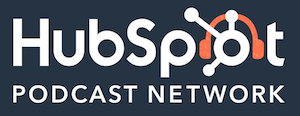
HubSpot Podcast Network is the audio destination for business professionals who seek the best education and inspiration on how to grow a business.
Did you miss our previous article…
https://www.sydneysocialmediaservices.com/?p=4225

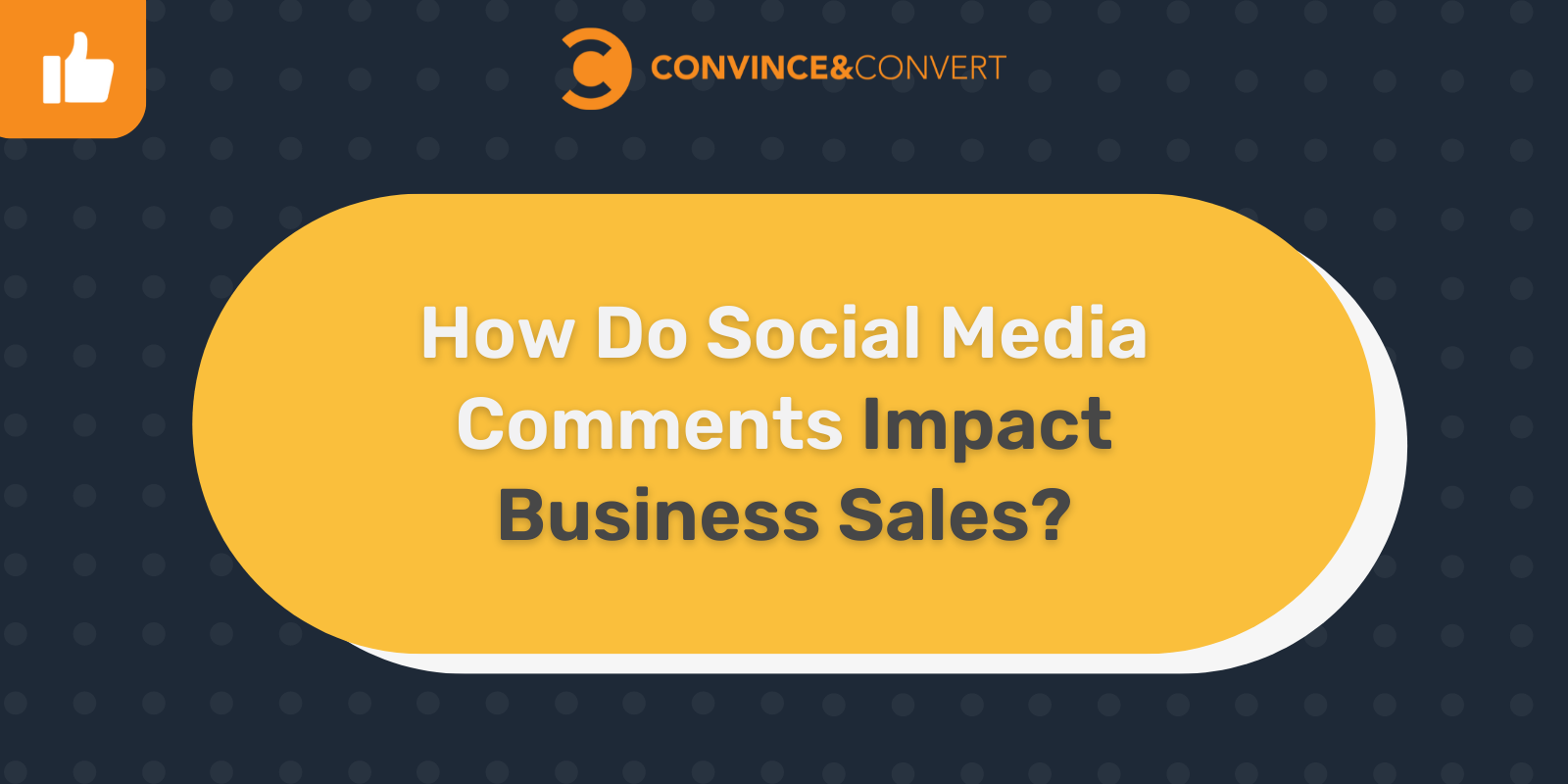
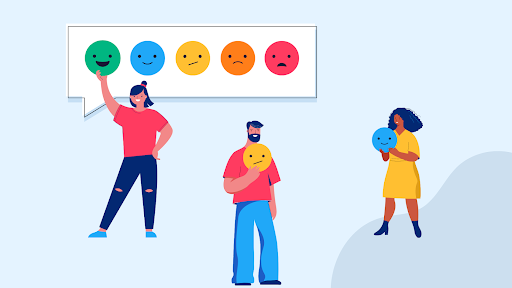
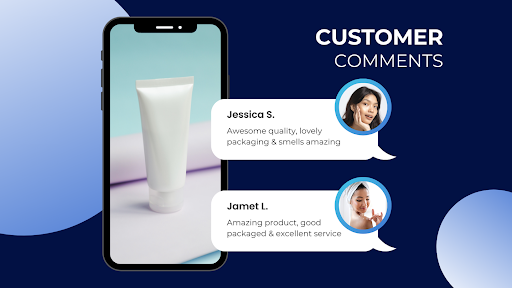
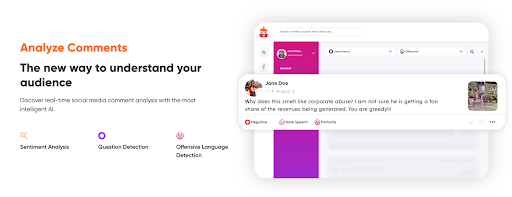
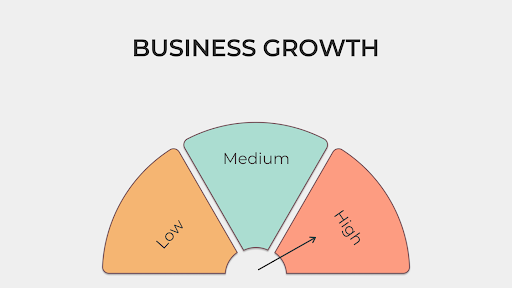
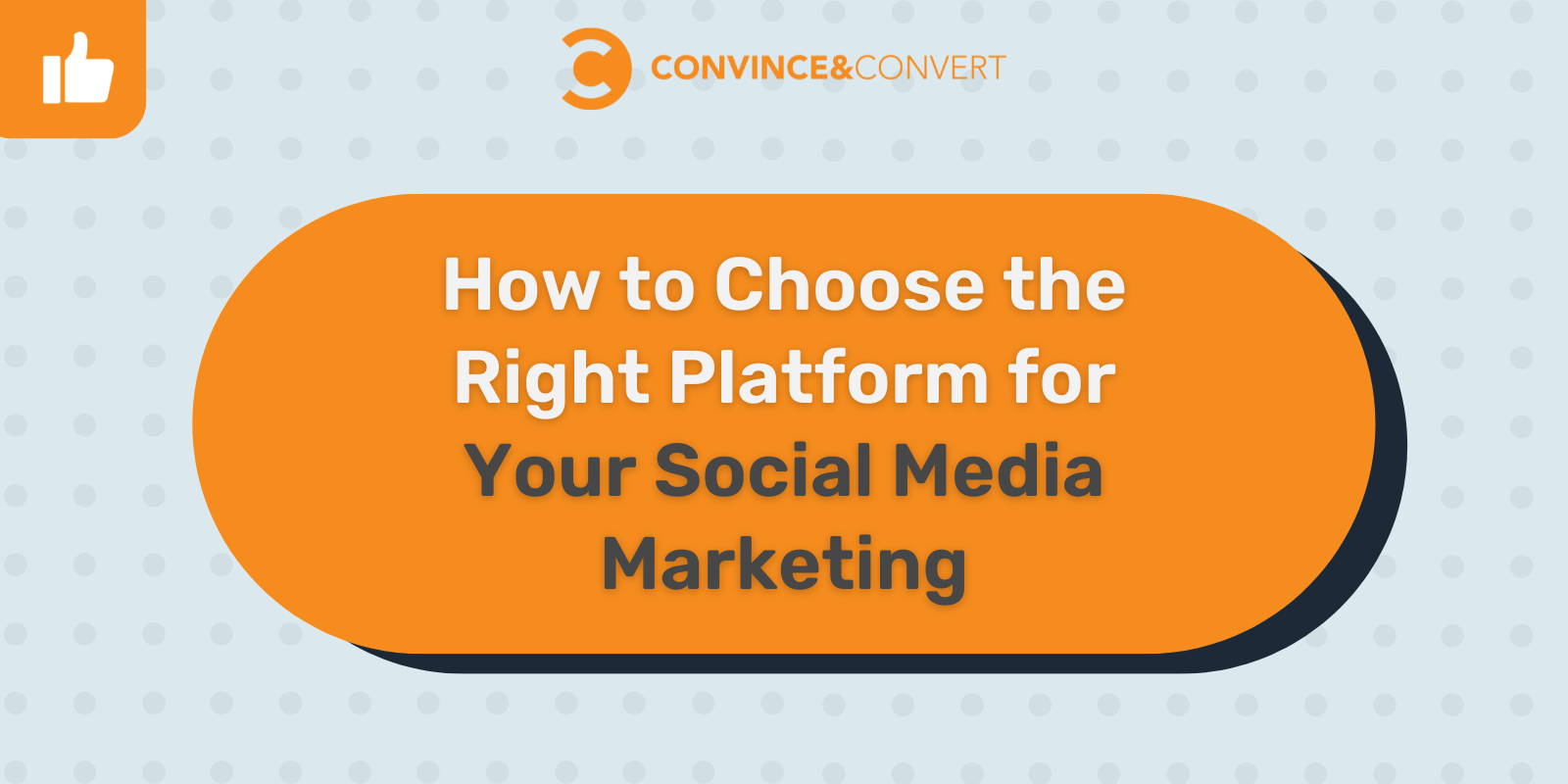
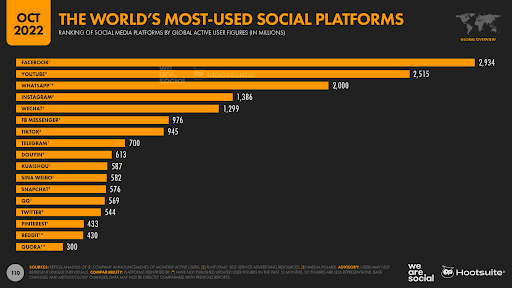
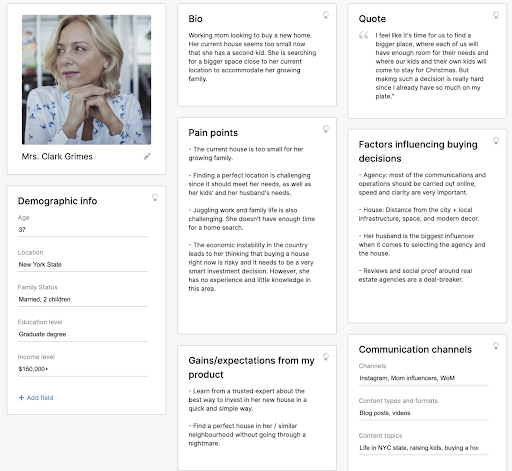
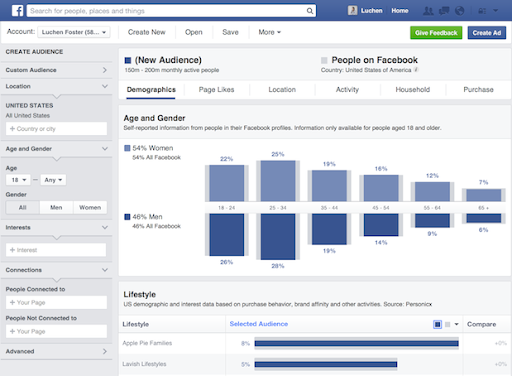
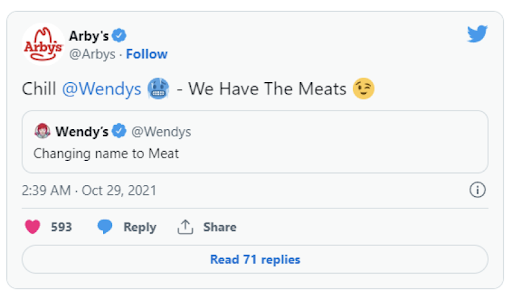
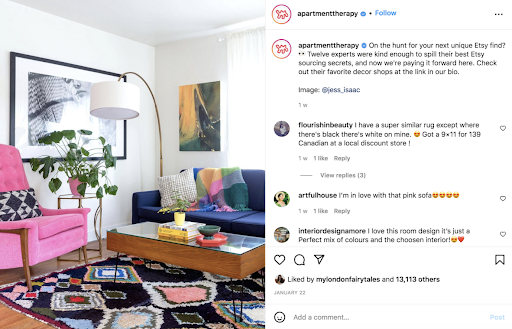
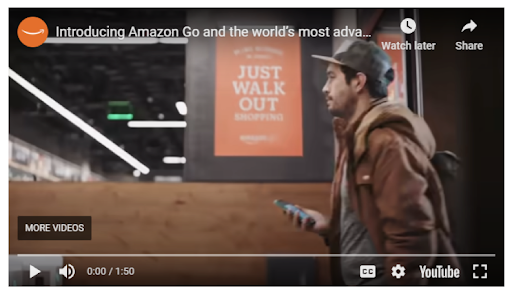
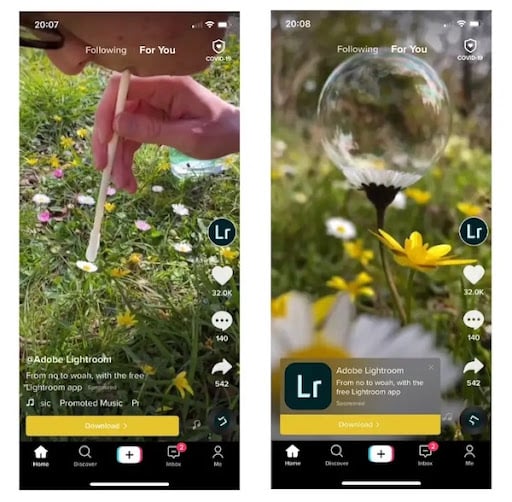
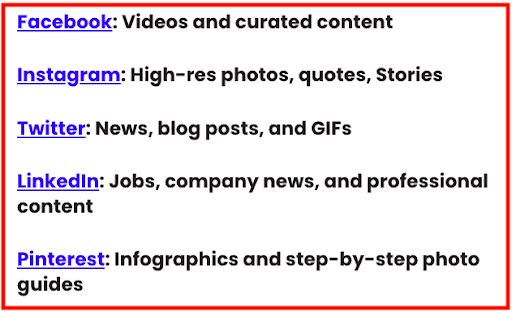

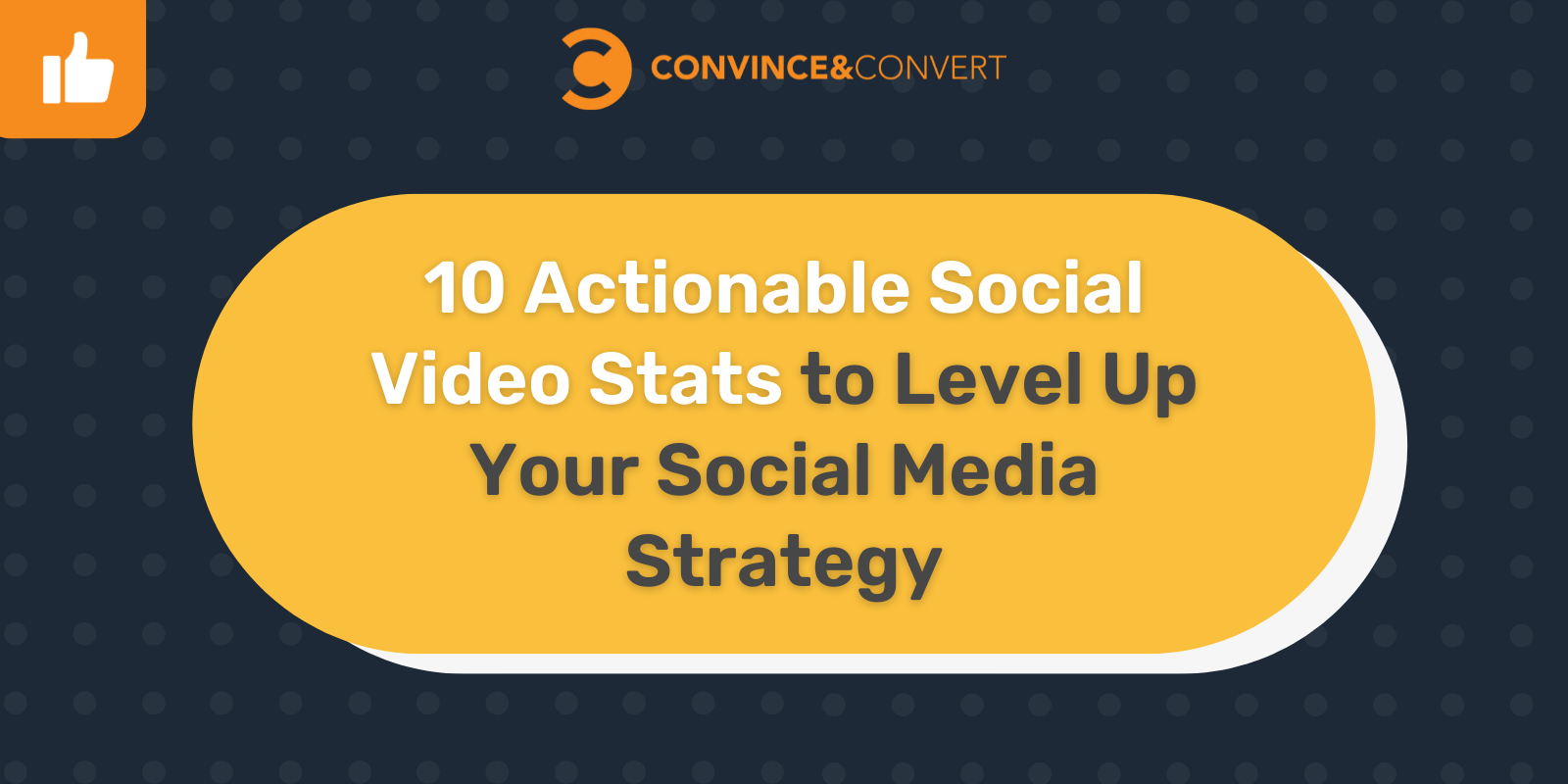 Social Media Strategy” width=”1600″ height=”800″ srcset=”https://www.convinceandconvert.com/wp-content/uploads/2022/11/CC-Blog-Featured-Image-Templates-29.png 1600w, https://www.convinceandconvert.com/wp-content/uploads/2022/11/CC-Blog-Featured-Image-Templates-29-300×150.png 300w, https://www.convinceandconvert.com/wp-content/uploads/2022/11/CC-Blog-Featured-Image-Templates-29-1024×512.png 1024w, https://www.convinceandconvert.com/wp-content/uploads/2022/11/CC-Blog-Featured-Image-Templates-29-768×384.png 768w, https://www.convinceandconvert.com/wp-content/uploads/2022/11/CC-Blog-Featured-Image-Templates-29-1536×768.png 1536w” sizes=”(max-width: 1600px) 100vw, 1600px” />
Social Media Strategy” width=”1600″ height=”800″ srcset=”https://www.convinceandconvert.com/wp-content/uploads/2022/11/CC-Blog-Featured-Image-Templates-29.png 1600w, https://www.convinceandconvert.com/wp-content/uploads/2022/11/CC-Blog-Featured-Image-Templates-29-300×150.png 300w, https://www.convinceandconvert.com/wp-content/uploads/2022/11/CC-Blog-Featured-Image-Templates-29-1024×512.png 1024w, https://www.convinceandconvert.com/wp-content/uploads/2022/11/CC-Blog-Featured-Image-Templates-29-768×384.png 768w, https://www.convinceandconvert.com/wp-content/uploads/2022/11/CC-Blog-Featured-Image-Templates-29-1536×768.png 1536w” sizes=”(max-width: 1600px) 100vw, 1600px” />
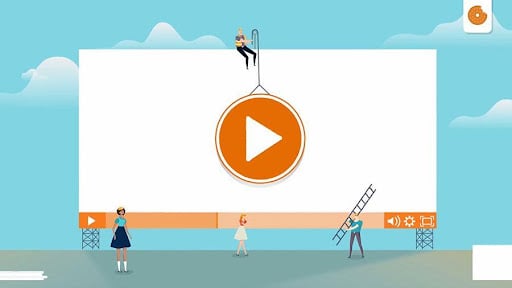

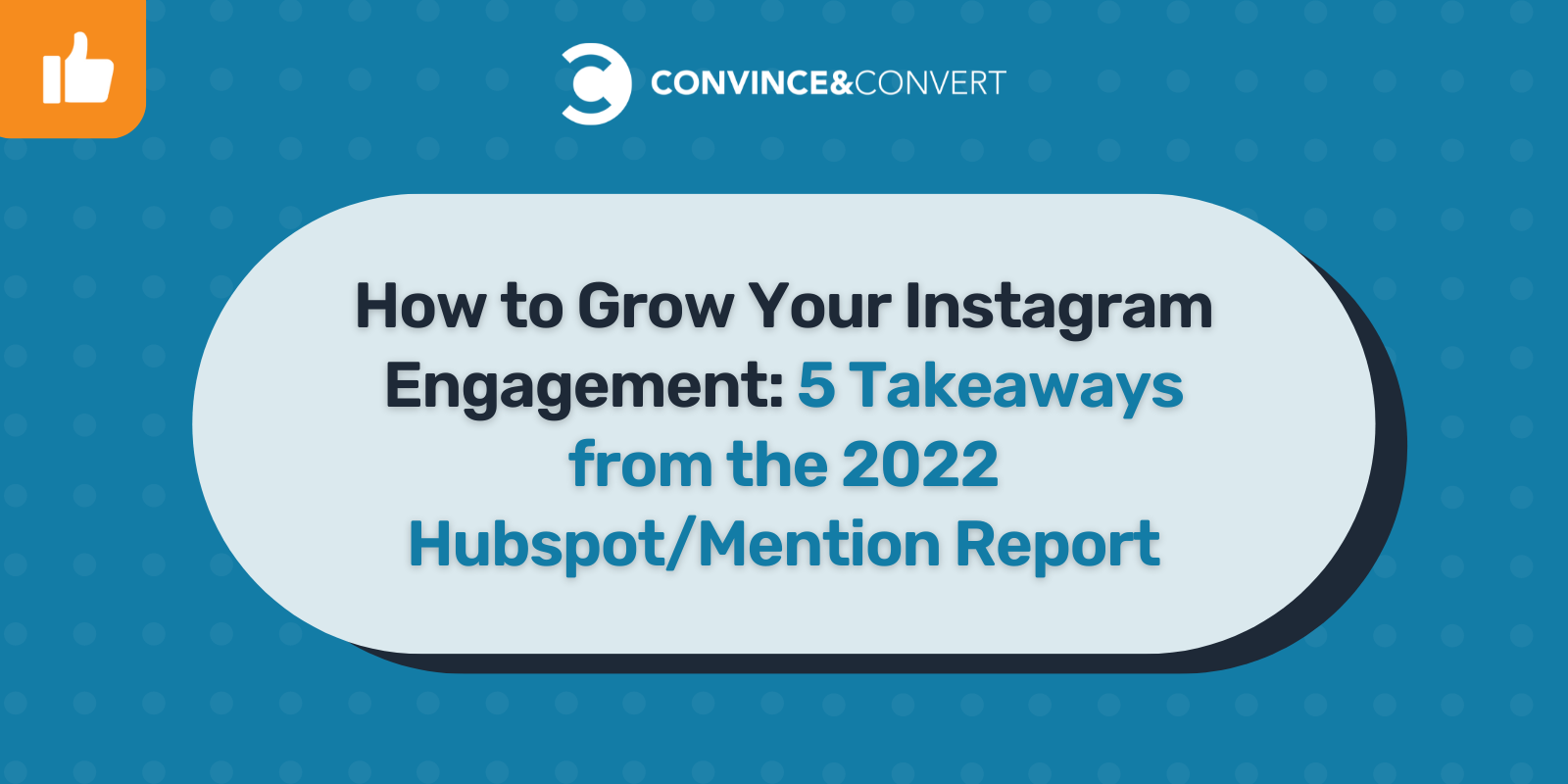
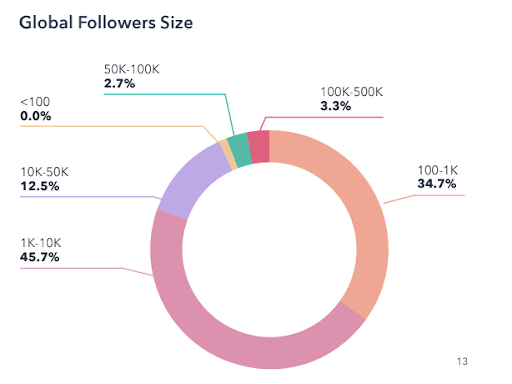
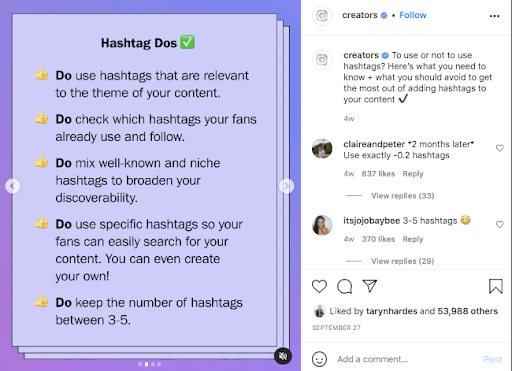
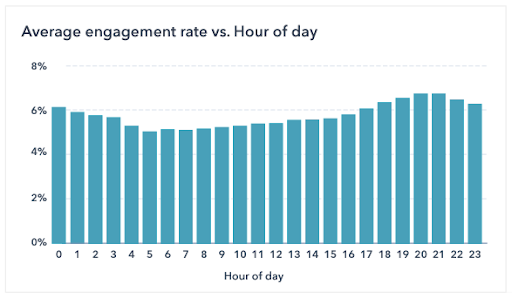
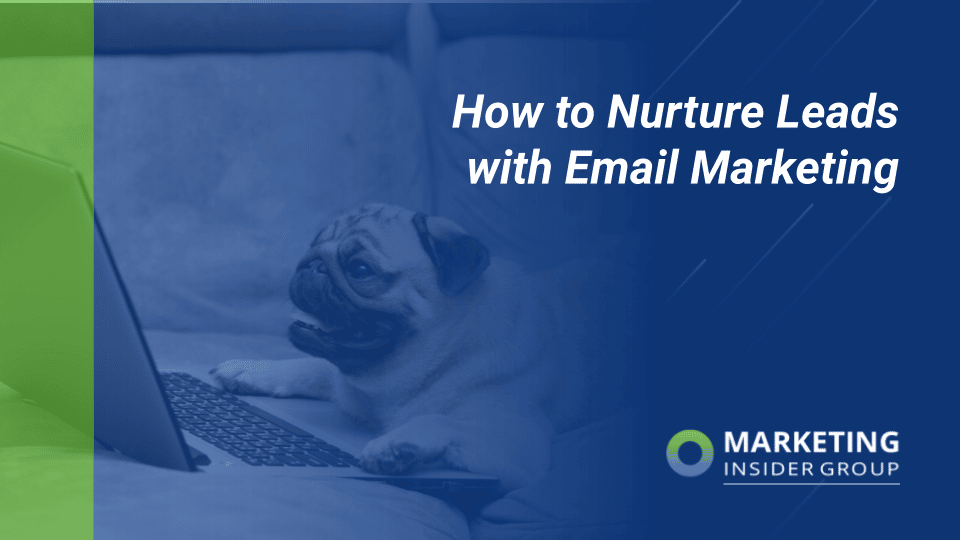
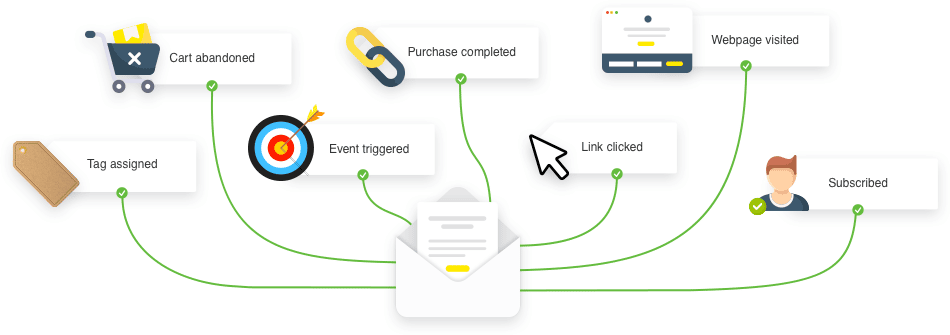
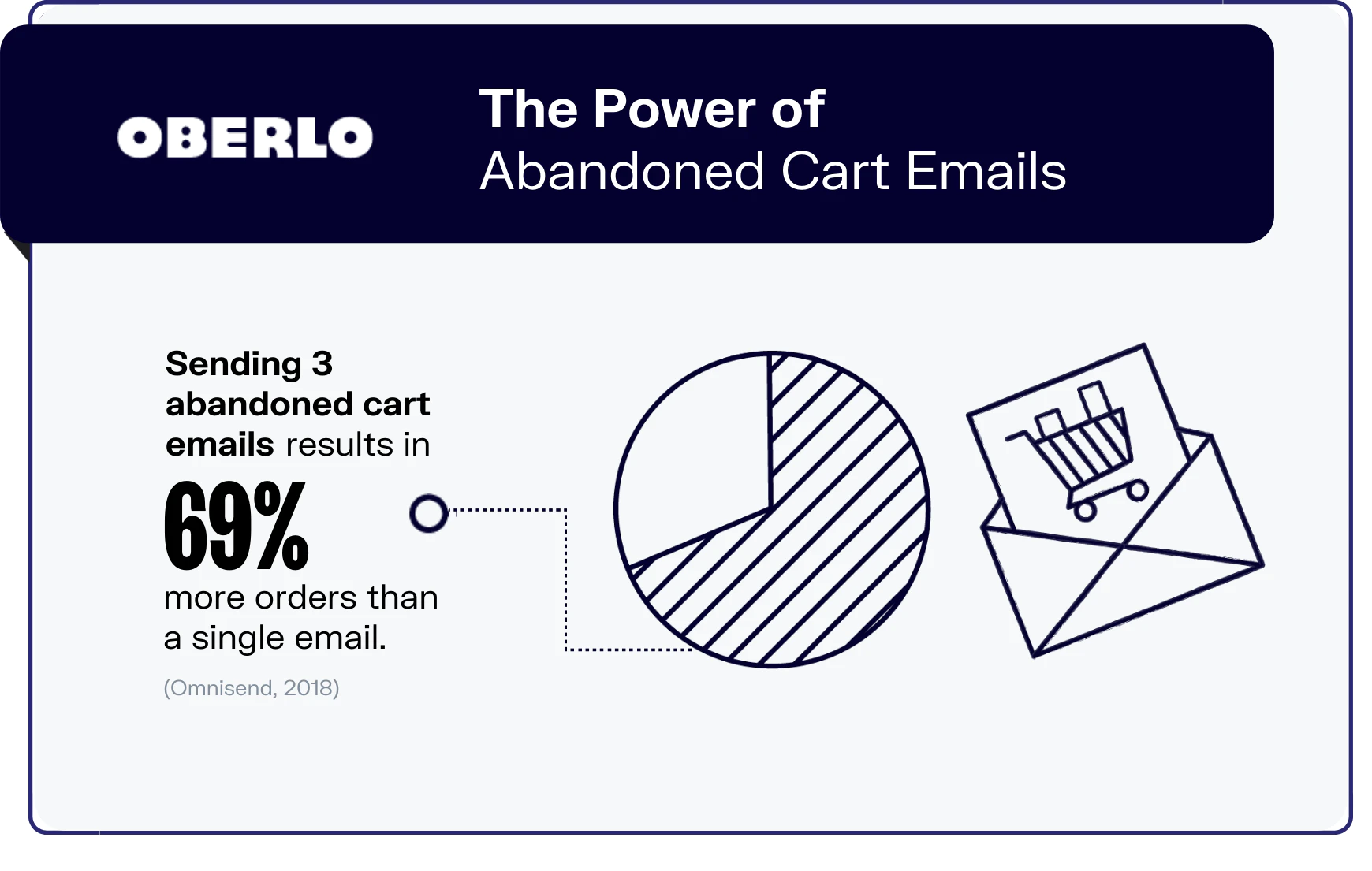
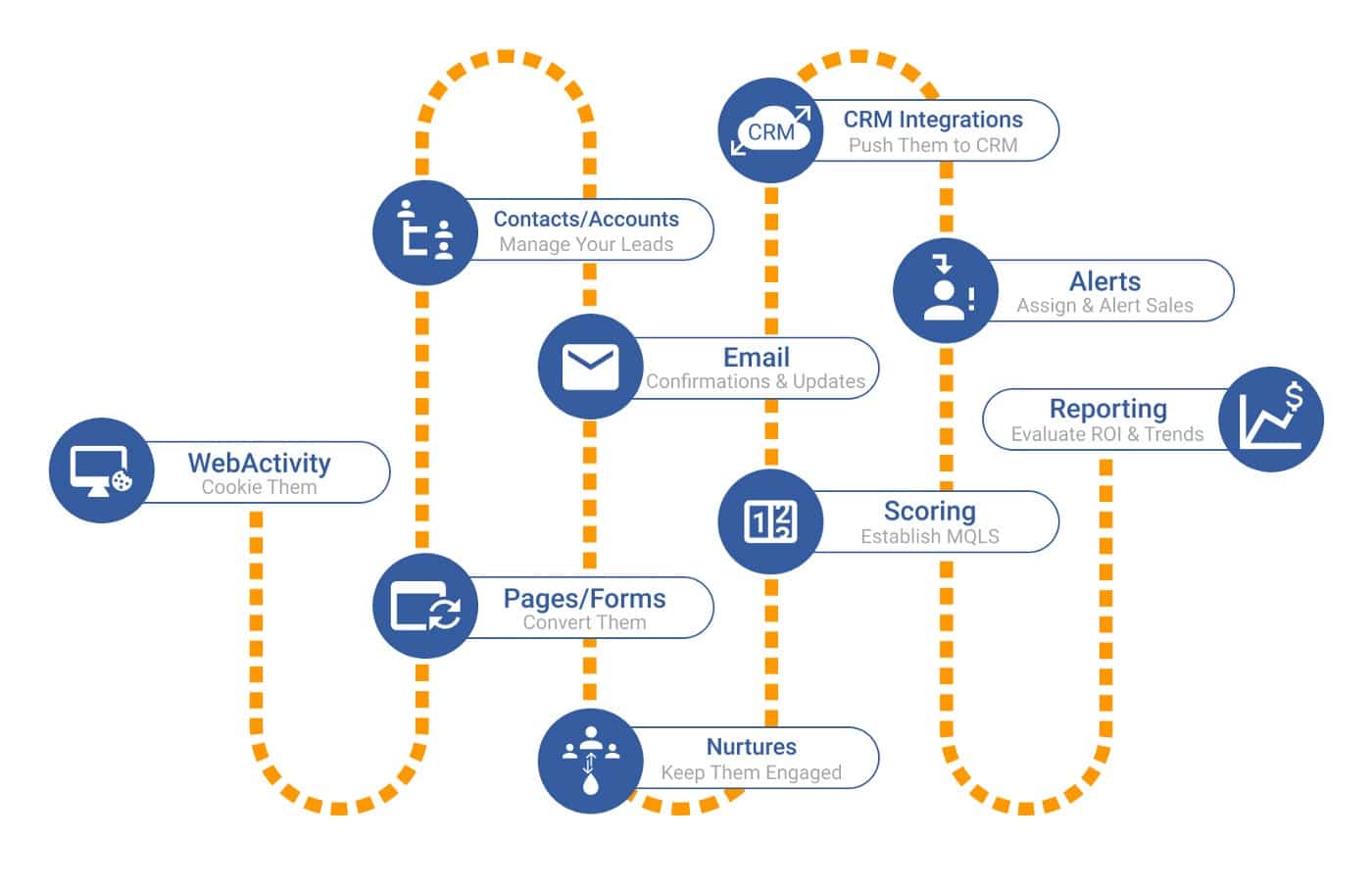
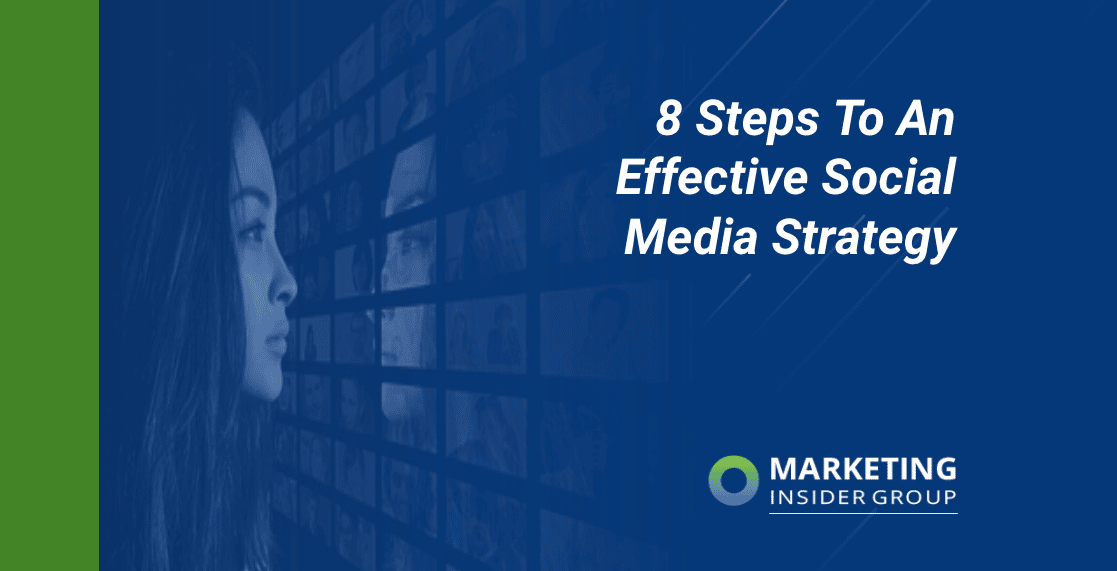
 social media content by creating graphics on how-tos that your audience can apply.” width=”300″ height=”285″ srcset=”https://marketinginsidergroup.com/wp-content/uploads/2015/10/Paint-and-Room-Size-300×285.jpg 300w, https://marketinginsidergroup.com/wp-content/uploads/2015/10/Paint-and-Room-Size-1024×974.jpg 1024w, https://marketinginsidergroup.com/wp-content/uploads/2015/10/Paint-and-Room-Size-150×143.jpg 150w, https://marketinginsidergroup.com/wp-content/uploads/2015/10/Paint-and-Room-Size-768×730.jpg 768w, https://marketinginsidergroup.com/wp-content/uploads/2015/10/Paint-and-Room-Size.jpg 1080w” sizes=”(max-width: 300px) 100vw, 300px” />
social media content by creating graphics on how-tos that your audience can apply.” width=”300″ height=”285″ srcset=”https://marketinginsidergroup.com/wp-content/uploads/2015/10/Paint-and-Room-Size-300×285.jpg 300w, https://marketinginsidergroup.com/wp-content/uploads/2015/10/Paint-and-Room-Size-1024×974.jpg 1024w, https://marketinginsidergroup.com/wp-content/uploads/2015/10/Paint-and-Room-Size-150×143.jpg 150w, https://marketinginsidergroup.com/wp-content/uploads/2015/10/Paint-and-Room-Size-768×730.jpg 768w, https://marketinginsidergroup.com/wp-content/uploads/2015/10/Paint-and-Room-Size.jpg 1080w” sizes=”(max-width: 300px) 100vw, 300px” />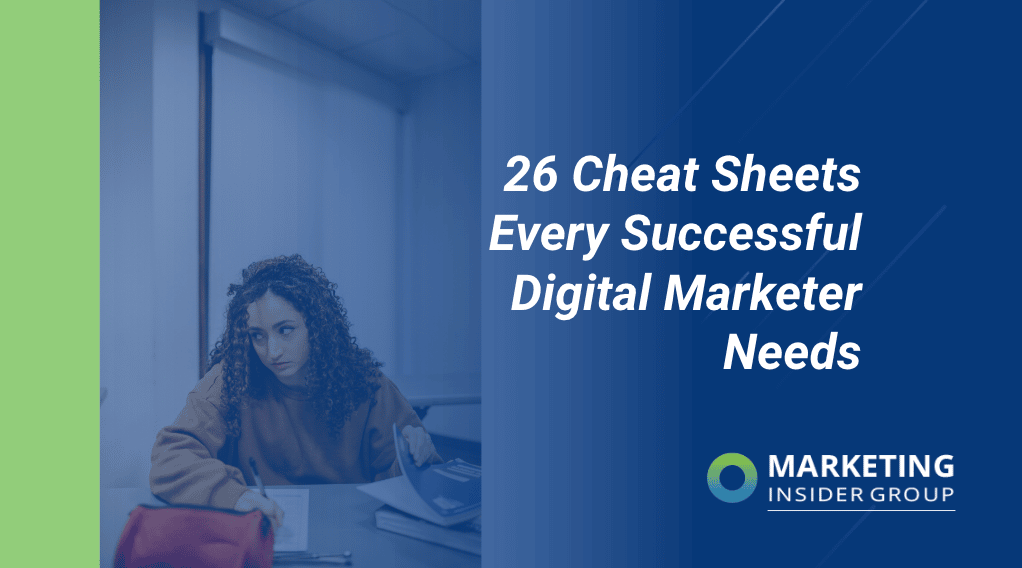
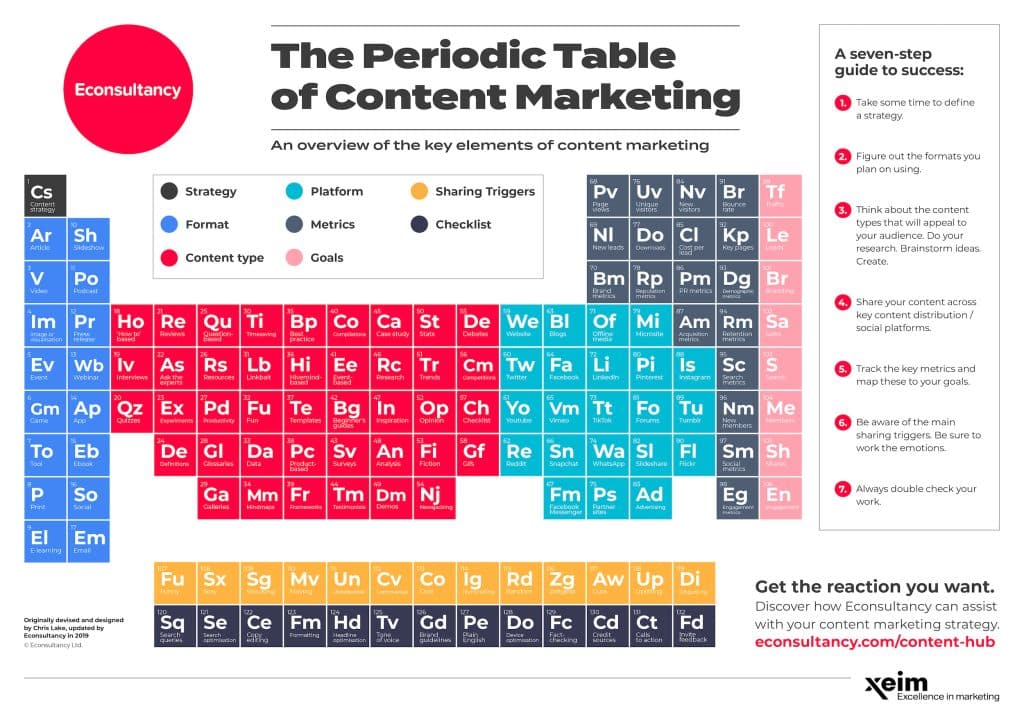 Copywriting Awesomeness 101
Copywriting Awesomeness 101
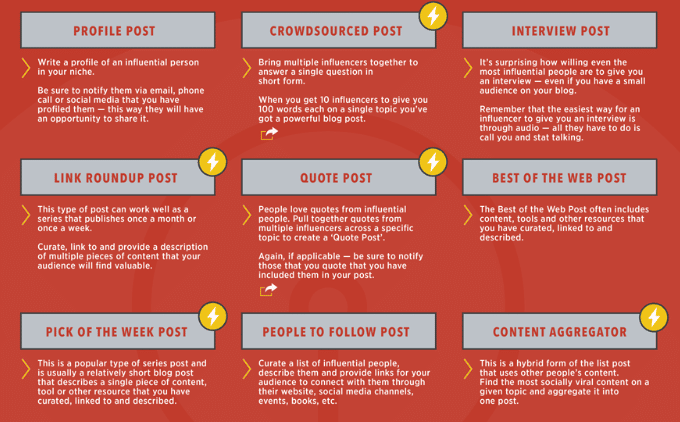
 Blogger Outreach Checklist
Blogger Outreach Checklist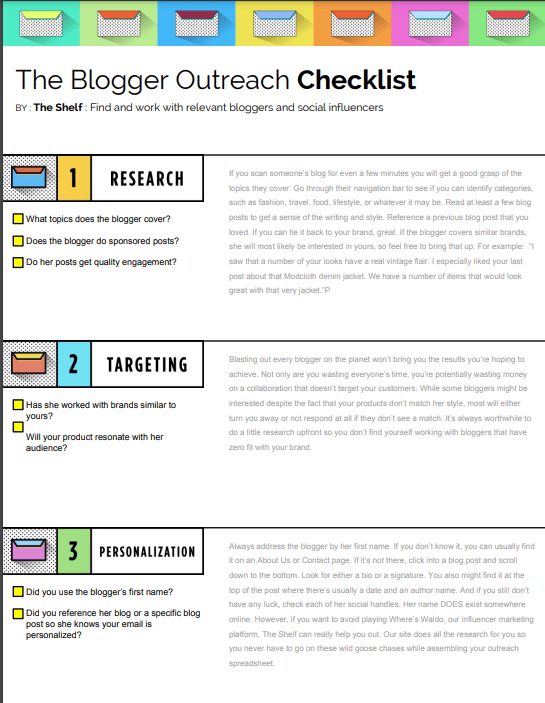
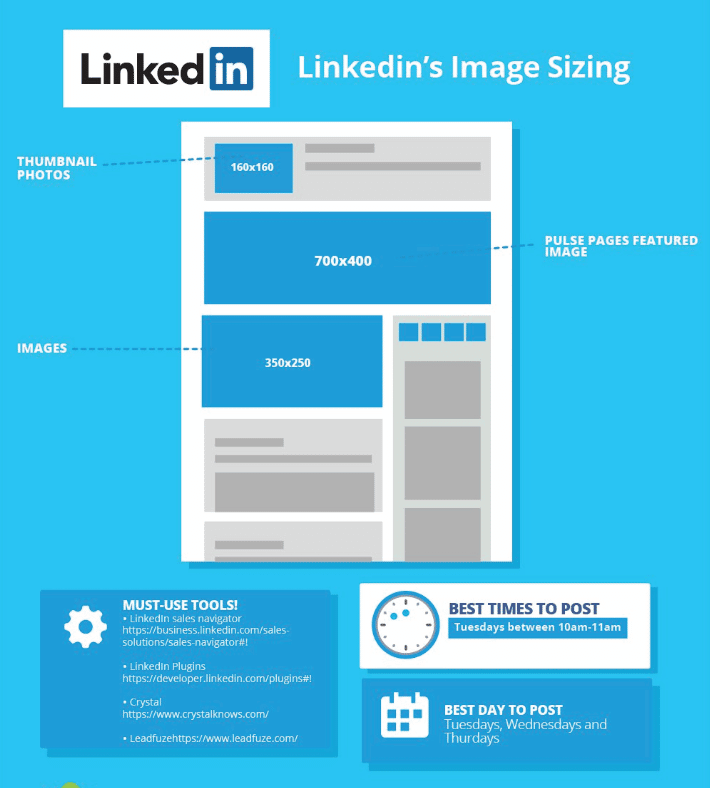
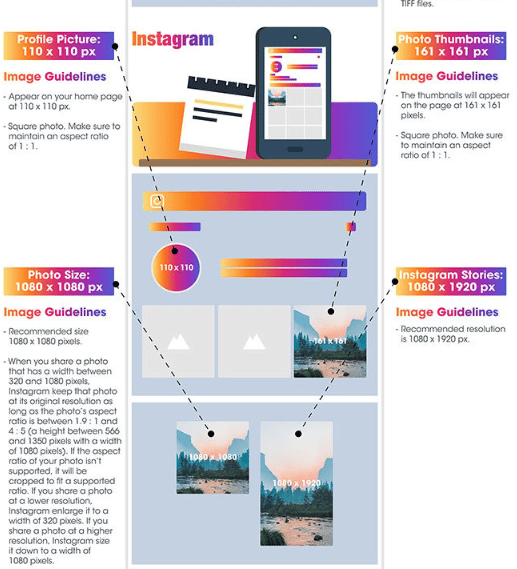
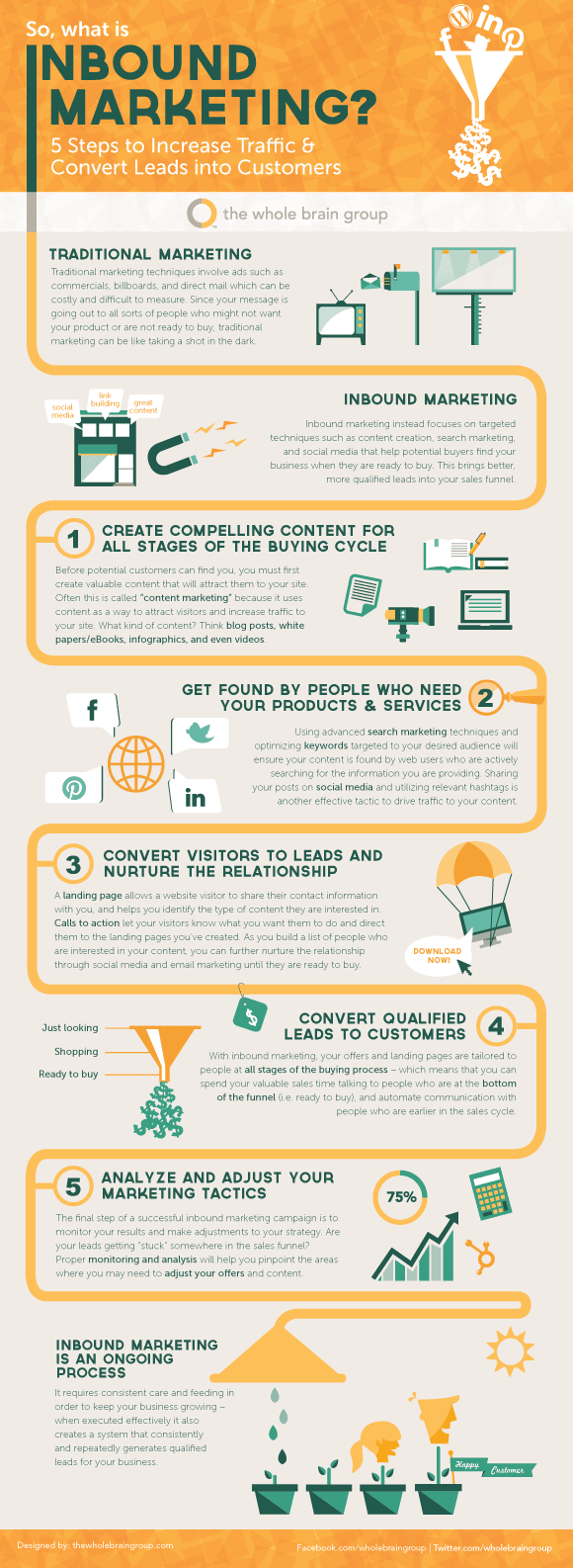
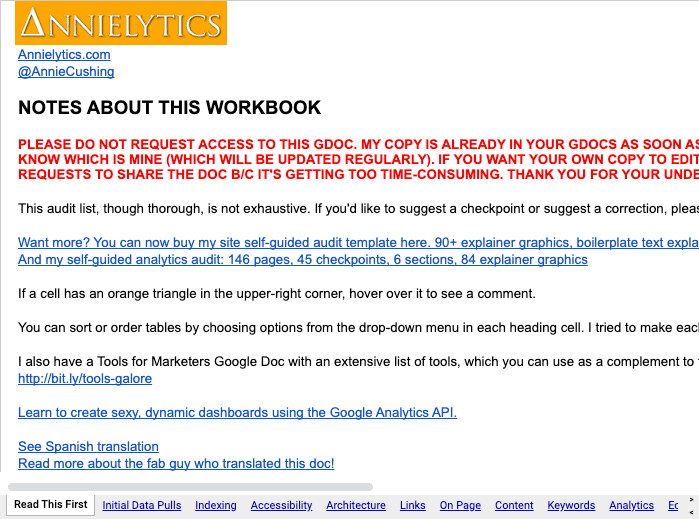
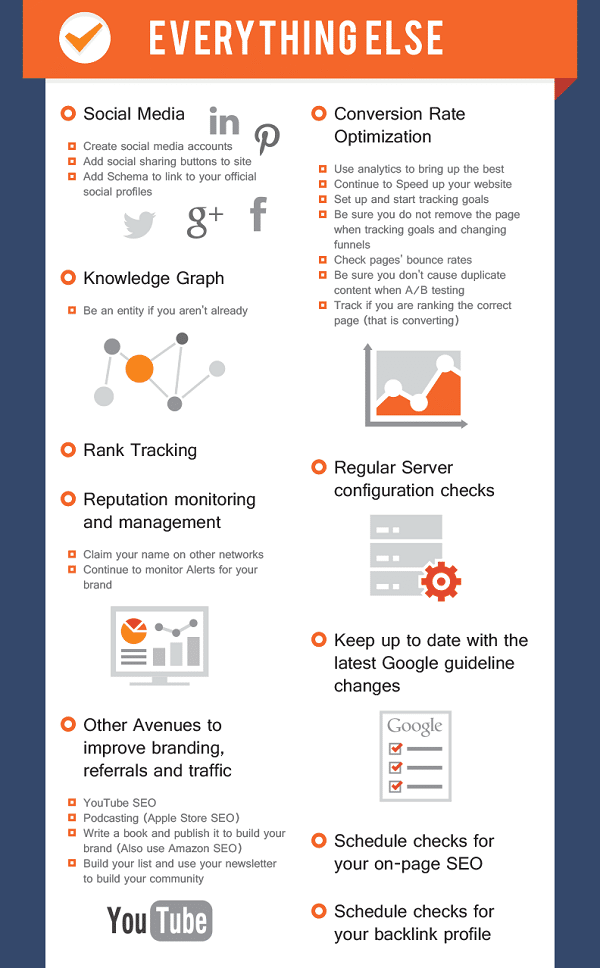
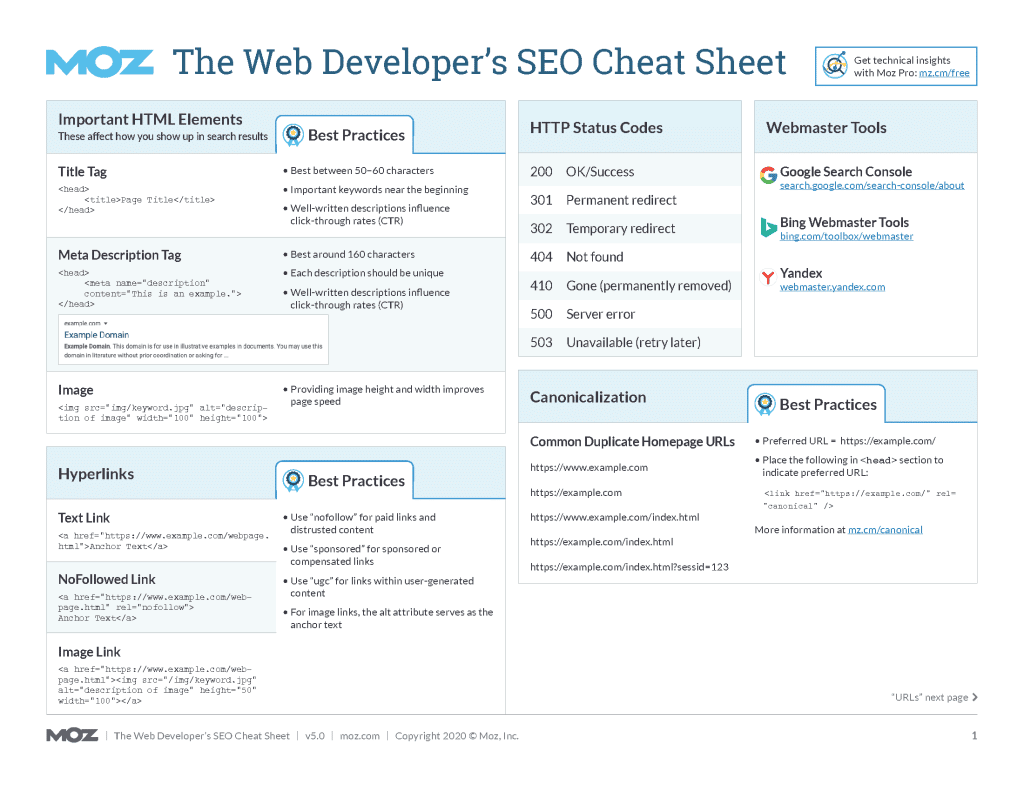
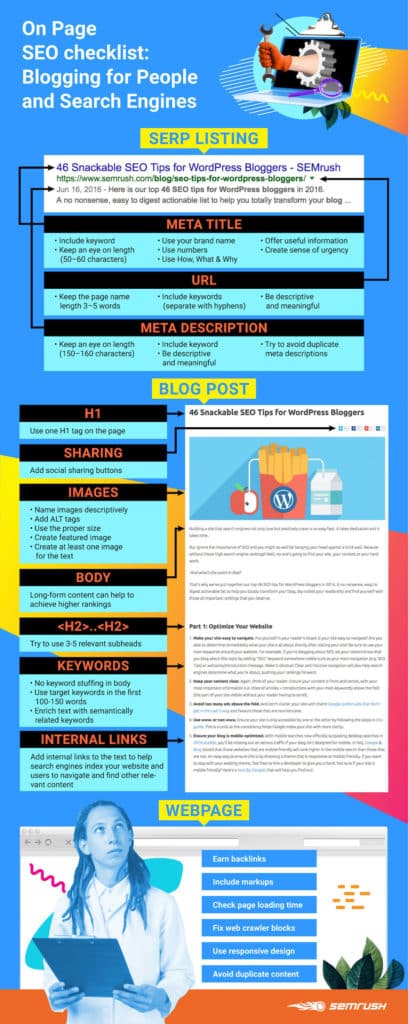

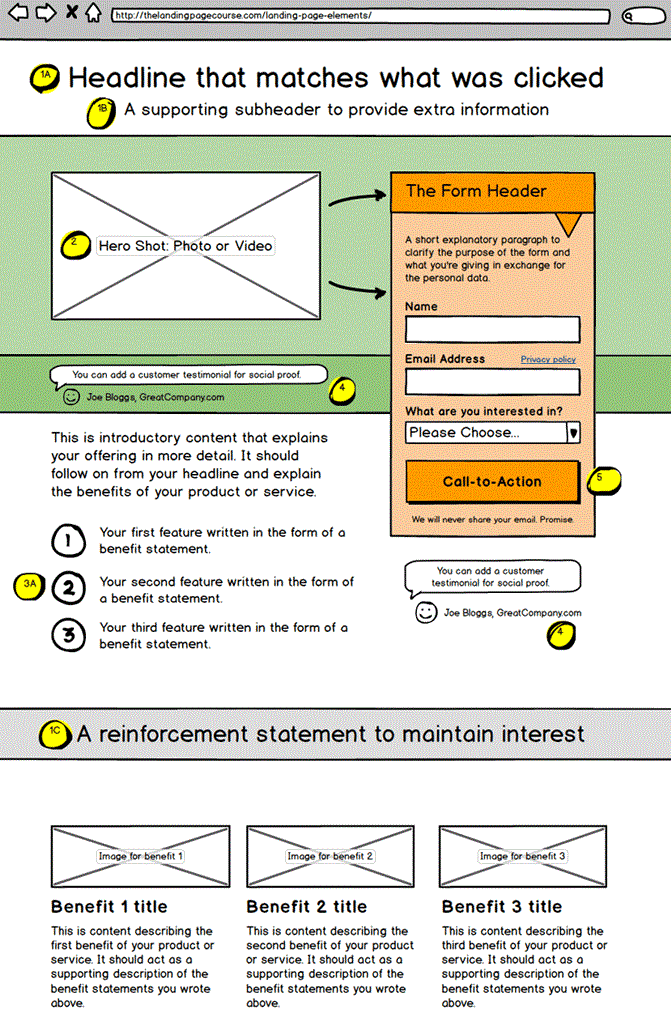 Don’t think your landing pages are delivering the results you want to see? Here’s a checklist from Klientboost and a list of questions from Unbounce you can use to make sure you’re not missing any of the key elements that will help you build a remarkable landing page that converts.
Don’t think your landing pages are delivering the results you want to see? Here’s a checklist from Klientboost and a list of questions from Unbounce you can use to make sure you’re not missing any of the key elements that will help you build a remarkable landing page that converts. Google Analytics Metrics and Dimensions
Google Analytics Metrics and Dimensions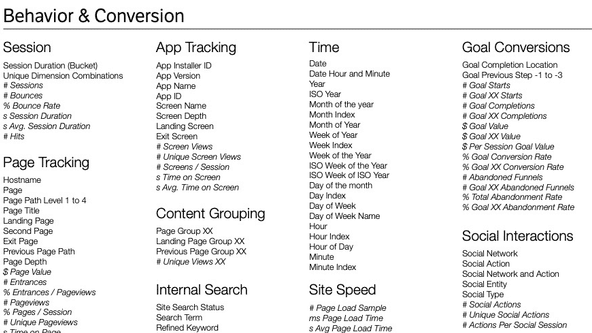
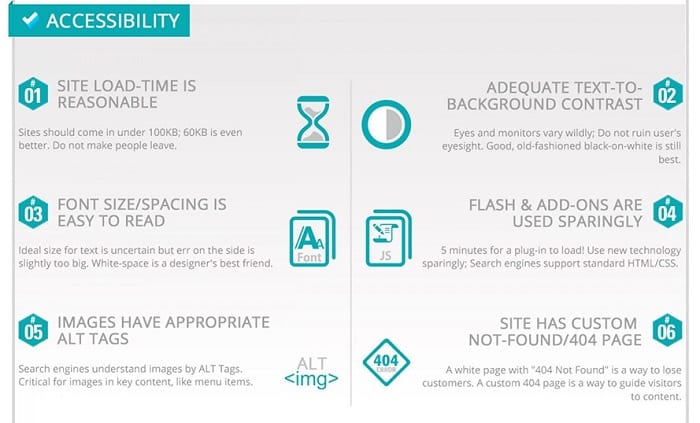
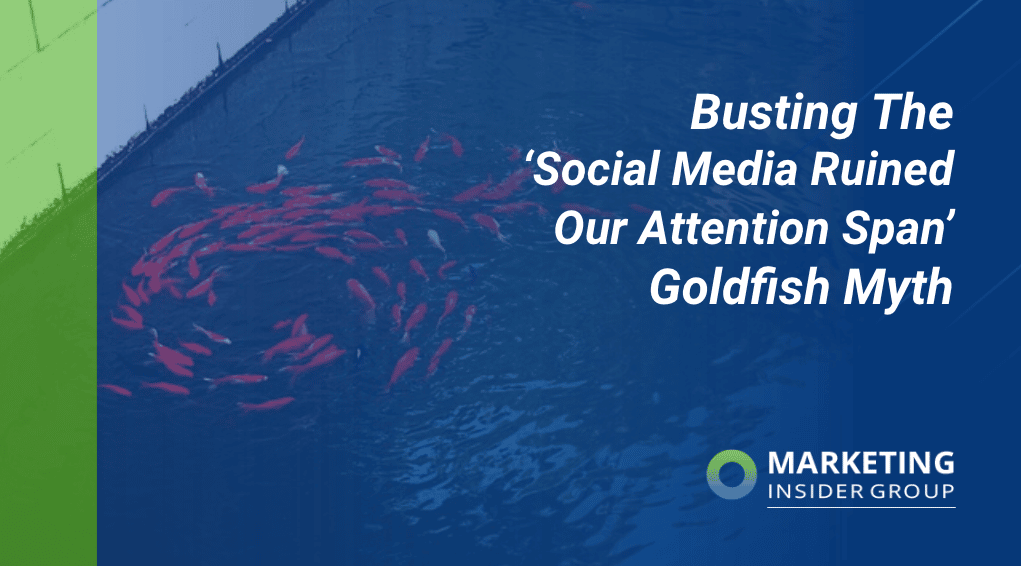 social media attention span myth” />
social media attention span myth” />


